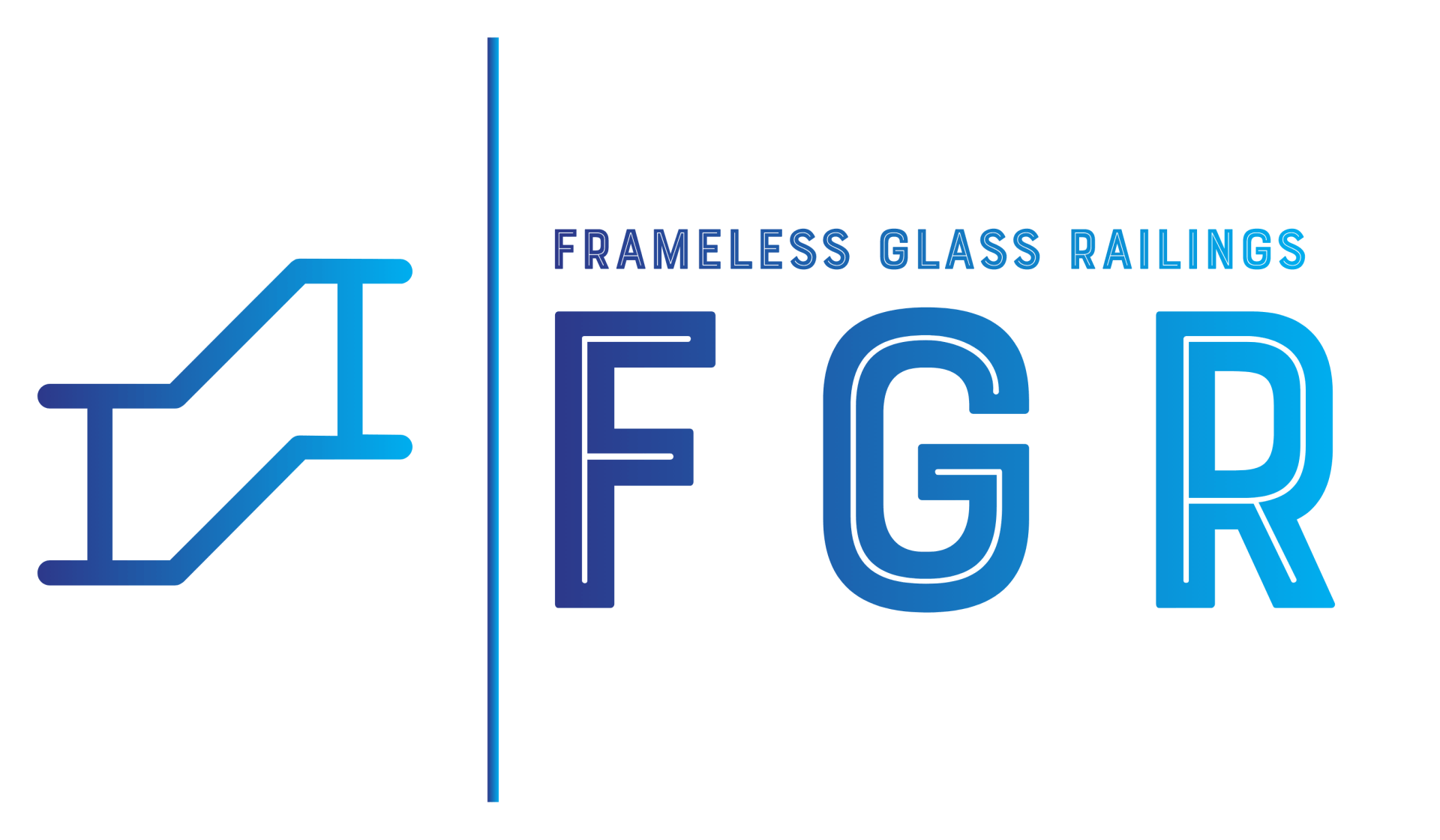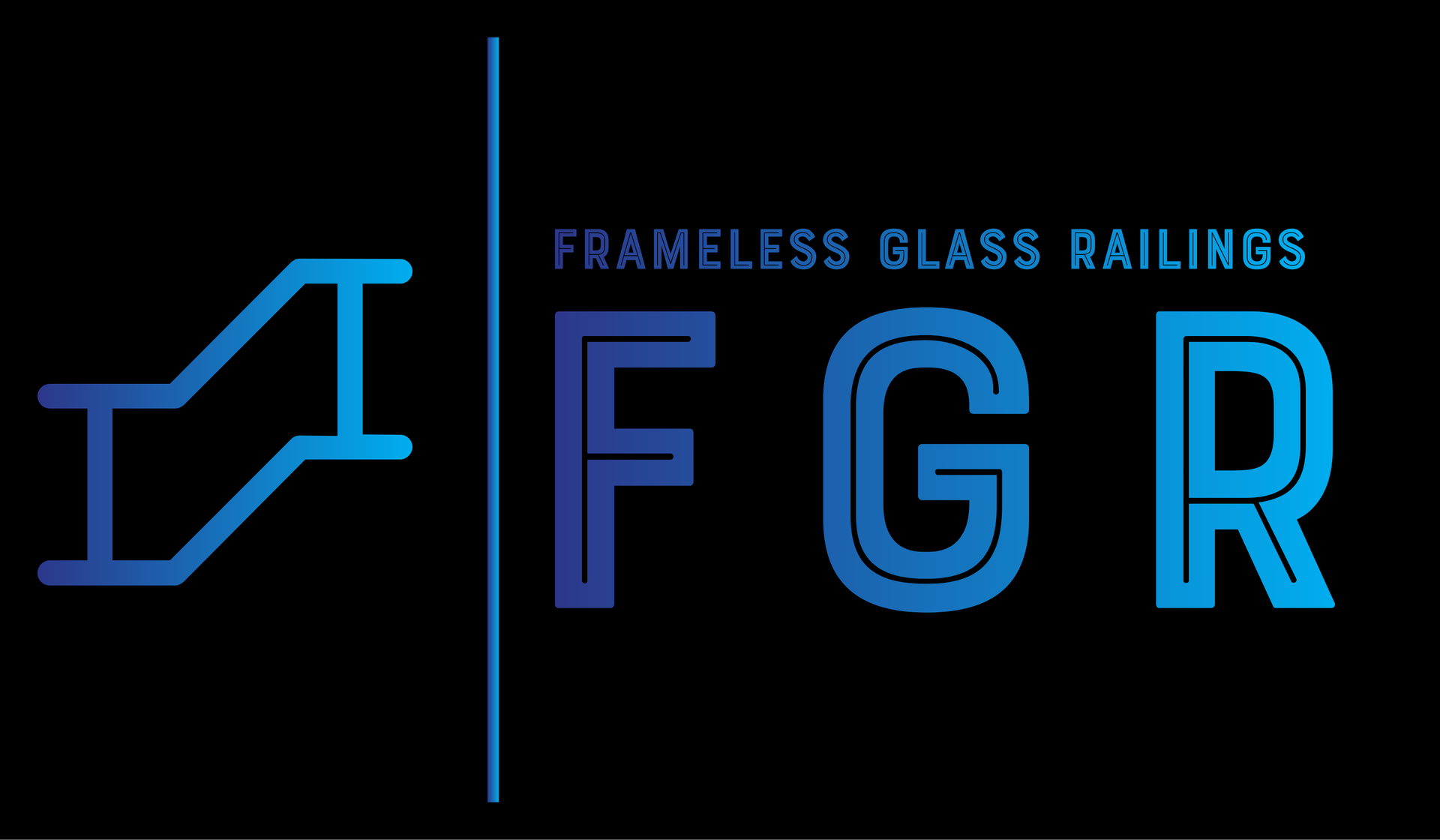Is your pool area as safe as it looks behind that sleek glass barrier? Installing a frameless glass pool fence gives your outdoor space an elegant, modern edge. However, safety regulations are not limited to meeting legal obligations, safeguarding lives, or merely for the sake of looks. But beneath that clean look and aesthetics, safety standards must be met to protect lives and satisfy legal requirements.
Frameless glass pool fencing complies with the Australian safety standards and is built to stop children from accessing the pool area without adult supervision. It offers a safety enclosure that enhances vision and safety. An understanding of the fence’s minimum heights, gap restrictions, the type of glass used, locks on the gate, and prevailing regulations is a prerequisite to achieving a proper installation.
This article unpacks those points so you can ensure your installation not only looks fantastic but meets every regulation you need to worry about.
1. Minimum Height & Barrier Rules
The barrier height must always be a minimum of 1200 mm measured vertically from the finished ground level. This measurement applies up to the highest point of the permanent pool fence or glass barrier.
2. Maximum Gaps & Non-Climbable Zones
To stop people from making accidental entry, there must be no gaps under the fence or between the panels that exceed 100 mm. There should be no objects or structures, such as plants or pool accessories, within 900 mm of the outer side of the fence. These features distinguish between a genuinely safe design and one that could be circumvented or easily scaled.
3. Maximum Gaps & Non-Climbable Zones
Frameless glass pool fences must use safety glass, toughened or laminated, that complies with Australian Standard AS 1288 and other applicable norms. Glass panels must be thick and around 10-12 mm, depending on the wind load and climatic conditions. Hardware such as spigots, clamps, and fixings must be corrosion-resistant, durable, and designed to hold the panels. Edge polishing and proper sealing of the mounting points also matter.
4. Gates, Latches & Access Restrictions
The design of the gate is often the weakest point in pool fence inspections. These are the must-have features:
● Make sure the gate opens away from the pool.
● It should be self-closing with the latch on the pool side, and at a height that’s out of easy reach for children.
● Hardware should allow the gate to latch automatically without manual intervention. Failure to do so violates safety law.
5. Legal Compliance & Rules for Each State
Australian Standard AS 1926.1-2012 is the central national regulation covering safety barriers for swimming pools. But each state would have additional rules, such as local council policies, inspections, pool registrations, certifications, and more. Before installation, stop by with your local and state authorities to sort out all permits and compliance certificates to check if the swimming pool's state boundaries are within legal licenses.
6. Smooth Functionality & Safety
Long-term compliance goes beyond the installation and includes the following regular inspections:
● All doors and gates should be checked for proper closure and latching. Inspect the hinges for sagging as well.
● Make sure the glass panels are free of chips, cracks, or movement.
● All hardware should be strongly correlated and have bonds within the fastening point.
● Gaps under panels should not be widened, especially after ground settling or weather changes.
If any component degrades, replace or repair it immediately. A frameless glass pool fence can remain safe and sleek for many years with minimal maintenance.
Did You Know?
Many pool owners are surprised to learn that most safety inspection failures come from tiny details. You might have the right fence height at 1200 mm, but something as simple as a chair or pot plant placed too close can mean the fence is no longer compliant. Even a small object within arm’s reach of the barrier can turn into a climbing aid for curious kids.
Gates are another area that often gets overlooked. They must swing away from the pool and close themselves every time. If the latch is too low or the gate drags slightly and does not shut on its own, the fence will not meet the rules.
Even the gaps matter more than people think. If there is an opening larger than 100 mm at the base or between glass panels, inspectors will not pass it. These little checks make all the difference in keeping families safe while enjoying a modern and stylish pool space.
Wrapping It Up
Unlike other products, frameless glass pool fences offer freedom and unparalleled elegance, while still maintaining compliance. Gap dimensions, height, maintenance, glass quality, smooth fluid gates, and perfect hinges make them a top choice.
Trust Frameless Glass Railingsfor installations that exceed expectations in both appearance and safety.
Your Questions Answered:
Are all glass panels made from standard glass?
No, they must be toughened or laminated safety glass that meets regulations.
Do councils require inspections before use?
Yes, most councils will require certification that the fence complies before approval.
Is maintenance necessary once installed?
Regular checks keep gates latching properly and ensure glass panels stay secure.
Who is responsible for compliance checks?
The homeowner carries the responsibility to keep the barrier safe at all times.
Will a frameless glass fence affect the view?
It actually enhances visibility, creating a modern look without blocking sightline.

The body content of your post goes here. To edit this text, click on it and delete this default text and start typing your own or paste your own from a different source.



